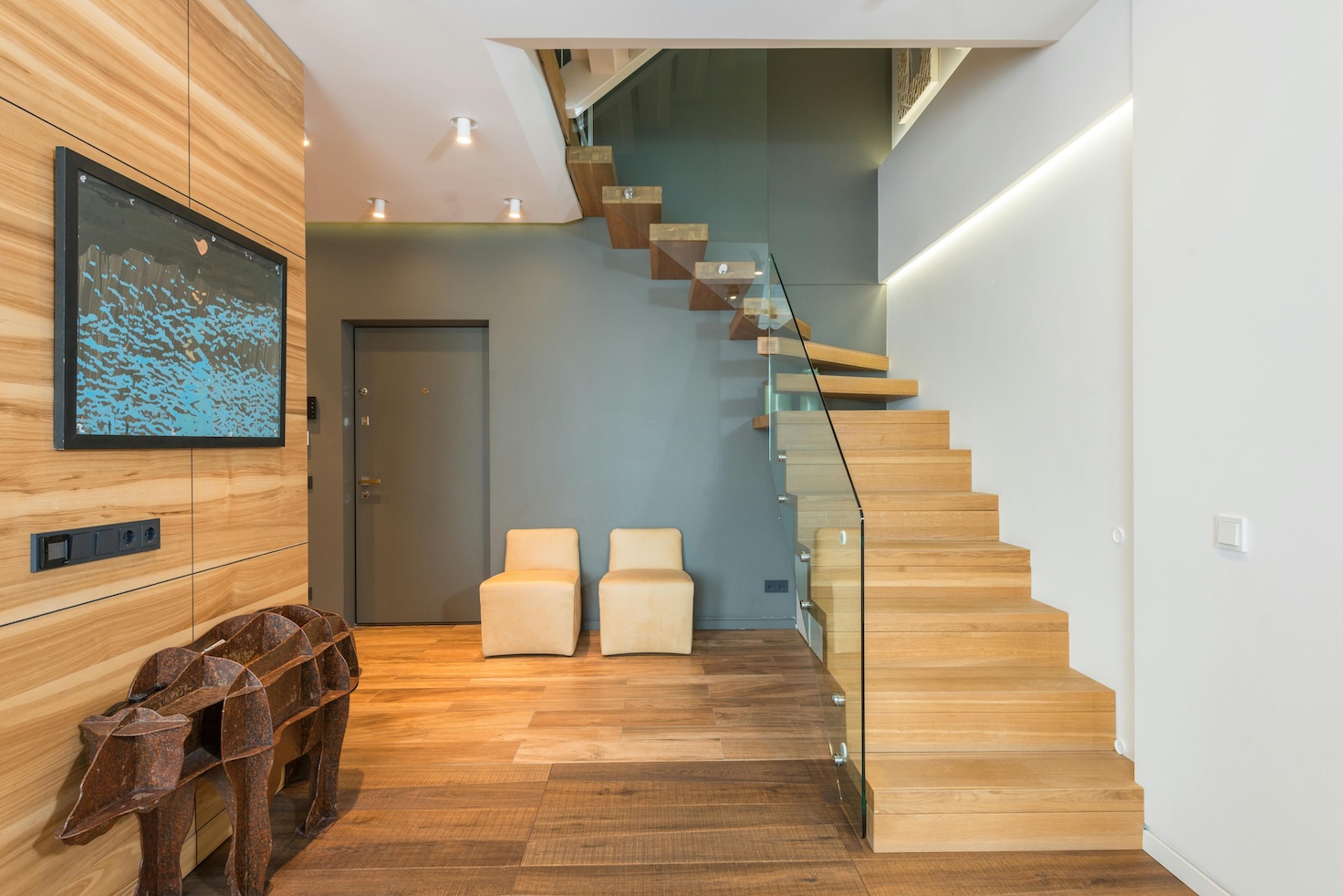Buzzblender is a Digital Signage for Clinics.
In the fast-paced world of healthcare, clinics are always seeking ways to improve patient care, optimize operations, and create a more engaging environment. One of the most effective solutions emerging in modern clinics is digital signage. From waiting rooms to examination areas, digital signage is revolutionizing the way healthcare providers communicate with patients and staff, improving both patient experience and clinic efficiency.
In this article, we’ll explore the benefits of digital signage for clinics and how it’s transforming healthcare delivery, patient communication, and clinic management.
What is Digital Signage for Clinics?
Digital signage as Buzzblender refers to the use of digital screens, displays, or kiosks to deliver visual content like videos, images, announcements, or advertisements. In the context of healthcare, digital signage can be used throughout a clinic to provide information to patients, showcase health-related content, promote clinic services, and even entertain patients while they wait.
Instead of relying on traditional paper posters or static bulletin boards, digital signage offers dynamic, real-time content that can be updated instantly, enhancing communication and efficiency.
Key Benefits of Digital Signage for Clinics
1. Improved Patient Experience
One of the primary advantages of Buzzblender in clinics is its ability to enhance the patient experience. For many patients, waiting in a clinic or doctor’s office can be stressful or monotonous. Digital screens can be used to display engaging content such as educational videos, health tips, clinic updates, and entertainment, helping to reduce anxiety and boredom during wait times.
Additionally, digital signage allows for the personalization of content. For example, the clinic can display health information specific to the patient demographic, such as dietary tips for children or information on managing chronic conditions, making the experience more relevant and informative.
2. Real-Time Communication
Clinics often deal with time-sensitive updates, such as changes in schedules, doctor availability, or health alerts. Digital signage provides an easy and efficient way to communicate real-time updates to patients.
For instance, if a doctor is running behind schedule or if there’s a change in the clinic’s hours of operation, digital signage can instantly update patients in the waiting room or other common areas, reducing the need for staff intervention and minimizing patient frustration.
3. Health Education and Awareness
Digital signage is a powerful tool for educating patients and promoting healthy behavior. Clinics can use screens to display valuable health information, such as preventive care tips, vaccination schedules, or information about common health issues like diabetes, hypertension, and mental health.
This content can be tailored to specific patient groups. For example, a pediatric clinic may display child health tips, while a dental clinic can show oral hygiene videos. Offering this content in an easily digestible format (e.g., short videos or infographics) helps improve patient knowledge and engagement, encouraging healthier lifestyle choices.
4. Efficient Wayfinding
In larger clinics or multi-location healthcare facilities, wayfinding is essential to guide patients to the right areas, whether it’s the waiting room, consultation rooms, or diagnostic labs. Digital signage can be used for wayfinding displays that offer clear, real-time directions to various departments, making it easier for patients to navigate the facility.
Interactive touchscreens can also be set up in strategic locations, allowing patients to find information such as doctor availability, waiting times, or even upcoming appointments.
5. Streamlined Clinic Operations
Beyond patient-facing applications, digital signage can help streamline clinic operations. Clinic staff can use digital signage to display internal announcements, reminders, and scheduling information. For example, staff members can be reminded of patient schedules, important updates, or emergency protocols.
In addition, digital signage can be integrated with clinic management systems to display live updates about patient check-ins, reducing delays and improving workflow.
6. Increased Revenue Through Advertising
Digital signage can also serve as an additional revenue stream for clinics. For example, clinics can sell ad space to pharmaceutical companies, health insurance providers, or local businesses to promote their products or services. Ads can be displayed on digital screens in waiting areas or treatment rooms, providing targeted marketing opportunities without disrupting patient care.
Buzzblender is transforming the way clinics communicate with patients and manage operations. By providing engaging, real-time content, enhancing patient education, improving clinic navigation, and streamlining workflows, digital signage offers numerous benefits to both patients and healthcare providers. Whether it’s improving the waiting room experience or increasing operational efficiency, digital signage is an essential tool for modern clinics looking to stay ahead in a competitive healthcare environment.
By investing in digital signage, clinics can create a more engaging and efficient environment, leading to better patient satisfaction, improved care delivery, and smoother clinic operations.



Leave a Reply